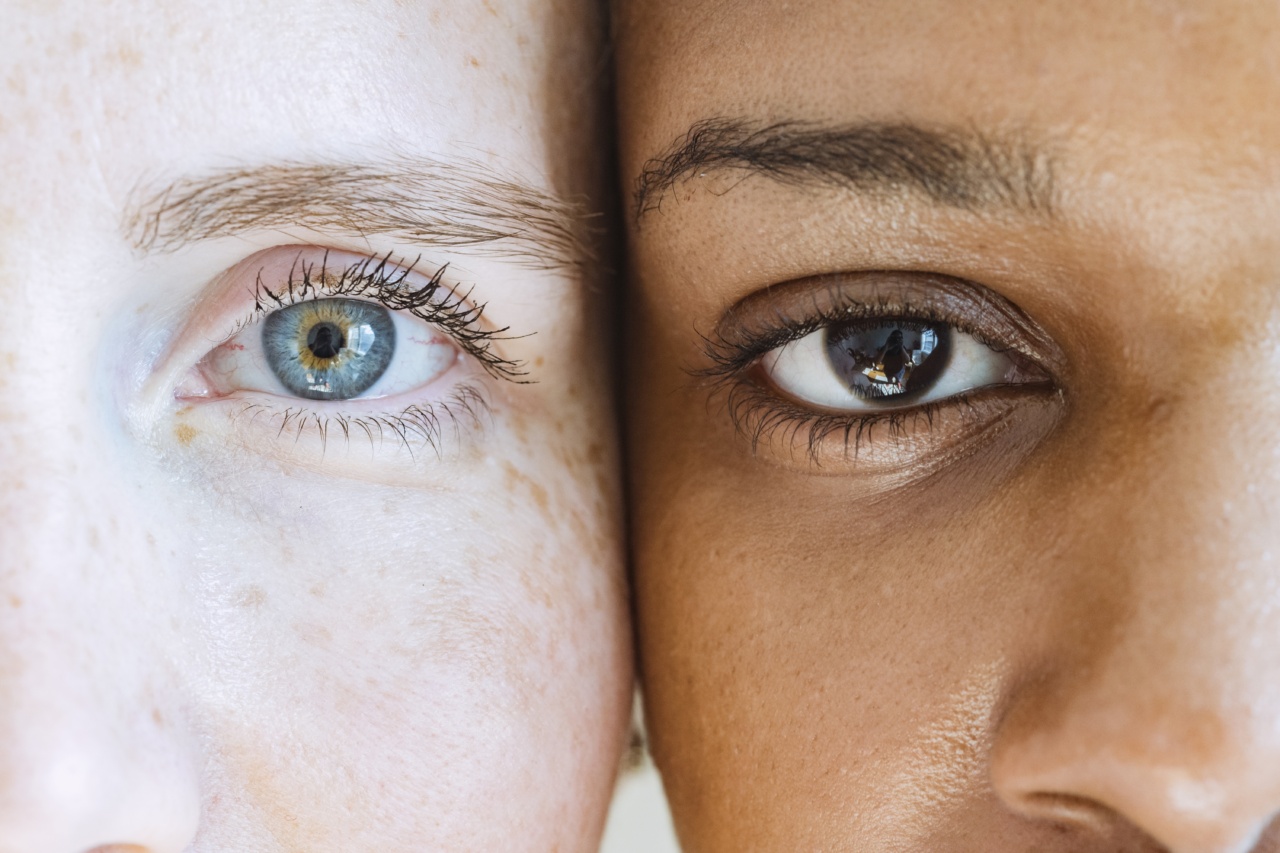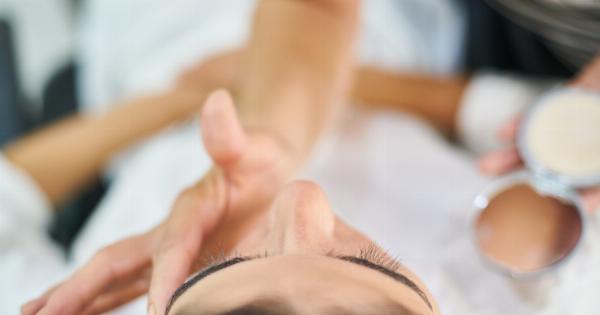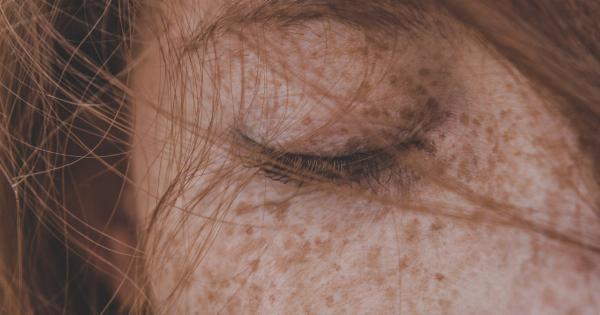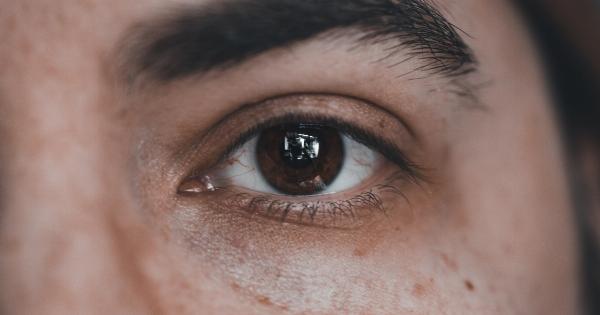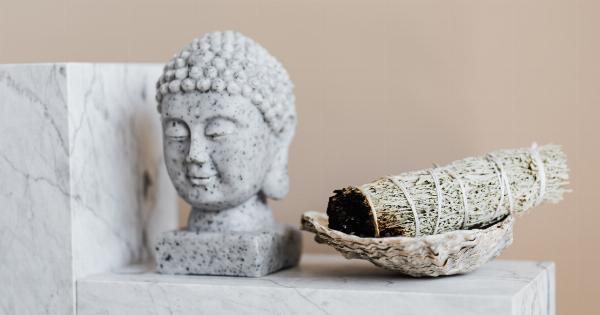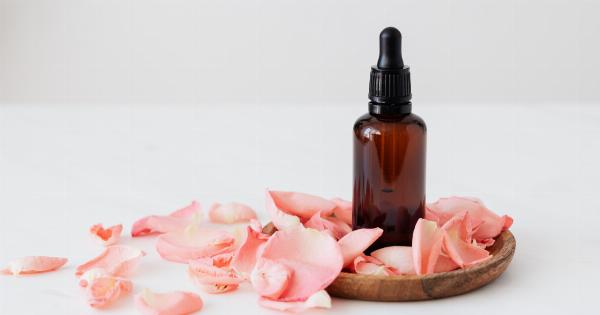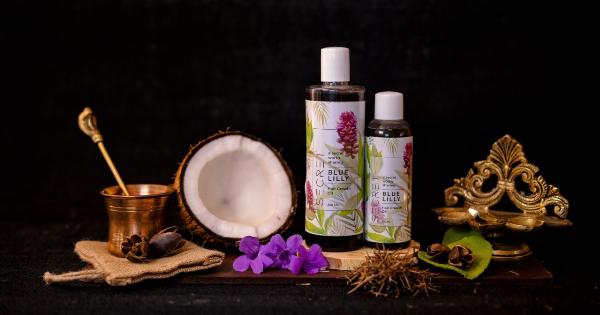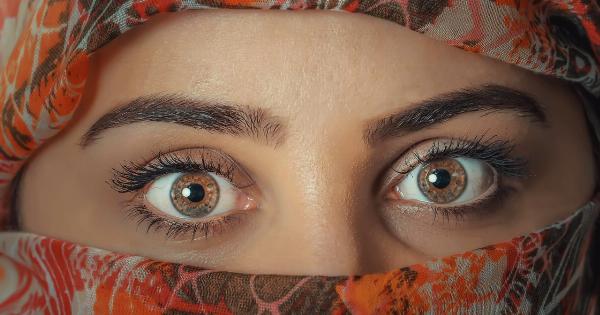Having thick and well-defined eyebrows has become a beauty trend in recent years. Fuller eyebrows can enhance your overall appearance and frame your eyes, giving your face a more youthful and polished look.
However, not everyone is naturally blessed with abundant eyebrow hair. Many people struggle with eyebrow dilution, where their brows are thin, sparse, or even experiencing hair loss.
1. Overplucking or Misshaping
One of the most common causes of eyebrow dilution is overplucking or misshaping the eyebrows. This often happens when individuals resort to excessive plucking or waxing in an attempt to achieve a specific eyebrow shape.
Continuous plucking can damage the hair follicles in the eyebrows, resulting in thinning or sparse brows.
2. Aging
As we age, the natural hair growth cycle slows down, and the production of new hair follicles decreases. This can lead to thinning eyebrows and even bald spots.
Aging also causes the hair strands to become finer and lighter in color, further contributing to the appearance of dilution.
3. Nutritional Deficiencies
Another common cause of eyebrow dilution is nutritional deficiencies. A lack of essential vitamins, minerals, and proteins can affect the overall health and growth of hair, including the eyebrows.
Deficiencies in nutrients like biotin, vitamin E, vitamin D, and iron can lead to hair loss and thinning eyebrows.
4. Medical Conditions
Several medical conditions can contribute to eyebrow dilution. Some autoimmune disorders, such as alopecia areata, can cause hair loss not only on the scalp but also in other areas, including the eyebrows.
Hypothyroidism, which is an underactive thyroid, can also lead to sparse eyebrows as it affects the hair growth cycle.
5. Stress and Hormonal Changes
Stress and hormonal changes can disrupt the normal hair growth cycle and result in eyebrow dilution. Mental and emotional stress can lead to various physiological changes in the body, affecting the overall health of hair follicles.
Hormonal imbalances, especially during pregnancy, menopause, or puberty, can also cause changes in hair growth patterns.
6. Environmental Factors
Exposure to harsh environmental conditions can damage the hair follicles in the eyebrows, leading to dilution.
Excessive sun exposure, pollution, chemicals in beauty products, and harsh weather conditions can all contribute to eyebrow thinning and hair loss.
7. Genetics
Genetics play a significant role in determining the thickness and density of your eyebrows. If thin eyebrows run in your family, you are more likely to have naturally sparse eyebrows.
8. Eyebrow Styling Habits
Some styling habits can also contribute to eyebrow dilution. Using aggressive makeup removal techniques or constantly rubbing the eyebrows can damage the hair follicles.
Additionally, using low-quality or expired cosmetics can irritate the skin and cause hair loss over time.
9. Hormonal Medications and Treatments
Certain hormonal medications or treatments can have side effects that cause eyebrow dilution. Chemotherapy, for example, can lead to temporary hair loss, including eyebrow hair loss.
Similarly, some oral contraceptives and medications for hormone imbalances can affect hair growth.
10. Excessive Eyebrow Maintenance
While grooming and maintaining your eyebrows is important, excessive or aggressive maintenance can lead to dilution.
Constantly waxing, threading, or plucking can damage the hair follicles and disrupt the natural hair growth cycle, resulting in sparse eyebrows.
Eyebrow dilution can be frustrating, but there are ways to address and improve the condition. Here are some helpful tips:.
Tips to Address Eyebrow Dilution
1. Avoid overplucking or misshaping your eyebrows. Only remove the stray hairs and maintain a natural shape.
2. Eat a balanced diet rich in vitamins, minerals, and proteins to promote healthy hair growth. Incorporate foods like eggs, nuts, spinach, and salmon into your diet.
3. Consider taking supplements that support hair growth, such as biotin or vitamin D supplements. However, consult with a healthcare professional before starting any new supplements.
4. Protect your eyebrows from harsh environmental factors by wearing a hat or using SPF on the brow area.
5. If you have a medical condition contributing to eyebrow dilution, consult with a healthcare professional who can provide appropriate treatment options.
6. Practice stress management techniques, such as meditation or yoga, to reduce the impact of stress on your overall well-being and hair growth.
7. Avoid using aggressive makeup removal techniques on your eyebrows. Use gentle cleansers and avoid excessive rubbing.
8. Invest in high-quality cosmetics and beauty products that are gentle on the skin and do not contain harsh chemicals.
9. If you are on hormonal medications or treatments, discuss potential side effects with your healthcare professional to find ways to manage eyebrow dilution.
10. Limit excessive eyebrow maintenance and give your eyebrows time to naturally grow and replenish. Try to resist the temptation to constantly groom and shape them.
In conclusion, eyebrow dilution can be caused by various factors, including overplucking, aging, nutritional deficiencies, medical conditions, stress, environmental factors, genetics, eyebrow styling habits, hormonal medications, and excessive maintenance. Understanding the underlying causes can help you address and improve the condition of your eyebrows. By following the tips mentioned above, you can promote healthier eyebrow growth and achieve fuller, thicker eyebrows naturally.
